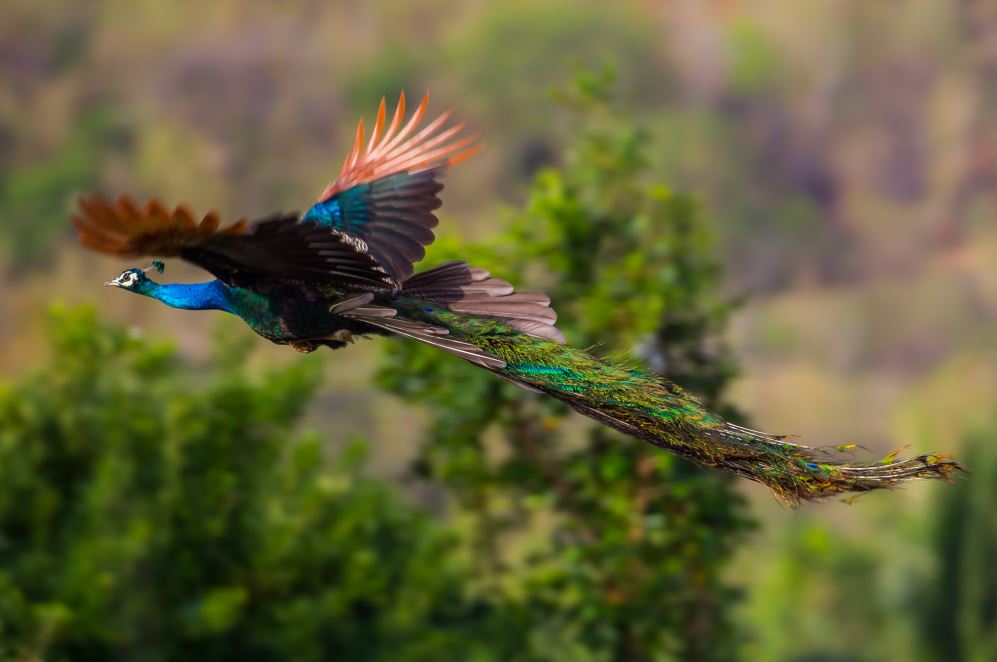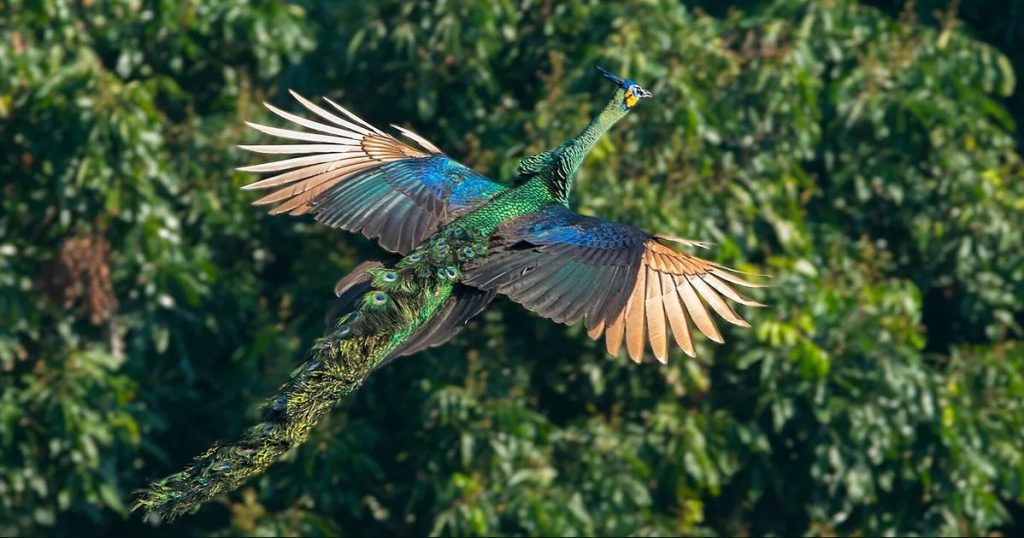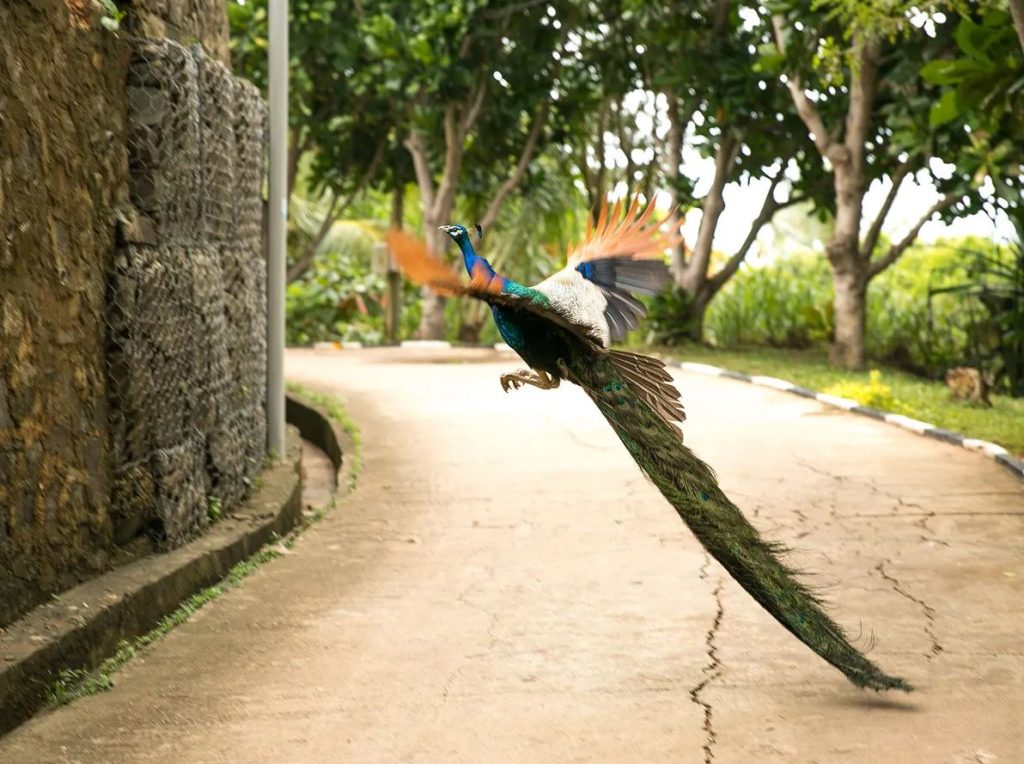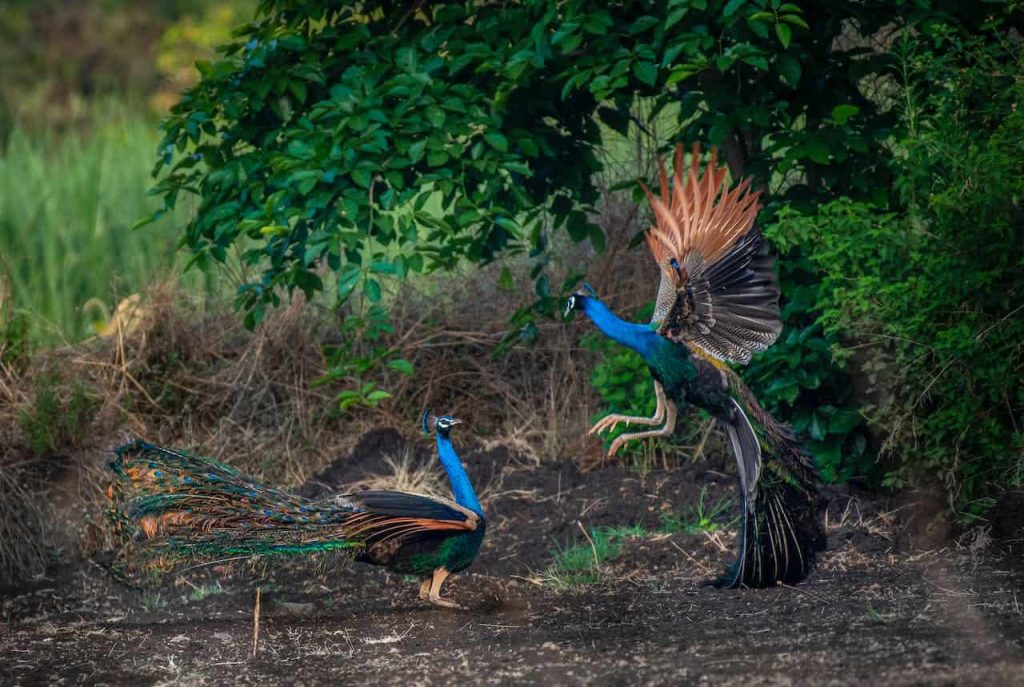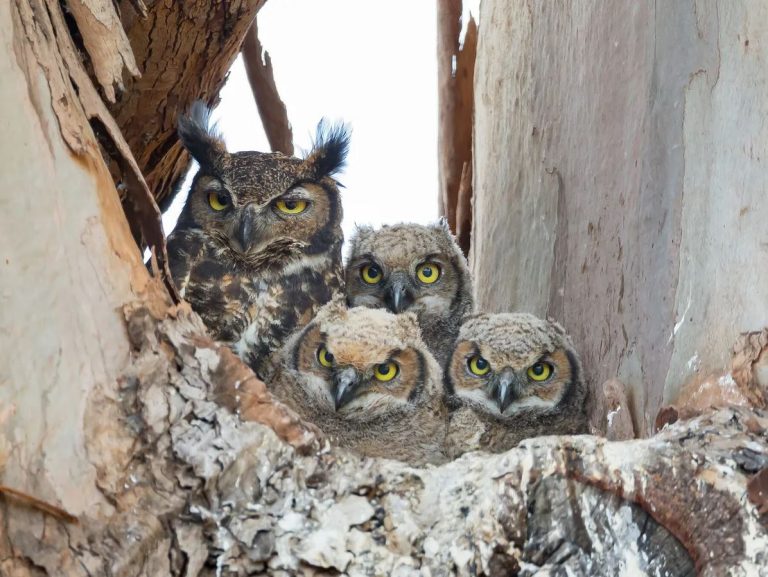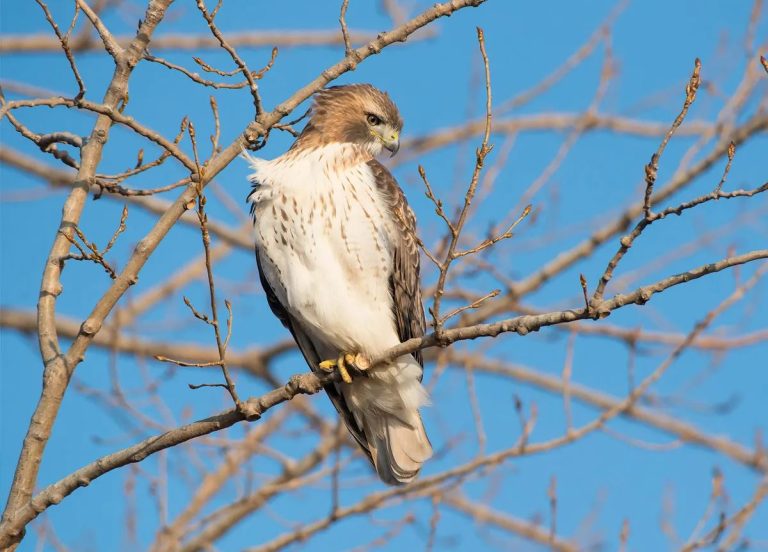Can Peacocks Fly? What Every Bird Lover Should Know
When people first encounter a peacock—with its iridescent blue-green feathers, magnificent train, and regal strut—one of the most common questions they ask is: Can peacocks fly? As a lifelong birdwatcher who has observed these birds both in the wild and in semi-domesticated settings, I can tell you the answer is more fascinating than many realize.
In this article, I’ll break down everything every bird lover should know about peacock flying, from the mechanics of flight to how far they can fly, and how to manage peacocks in captivity to prevent them from escaping.
Can Peacocks Fly?
Yes, peacocks can fly—but not in the way most people think.
Despite their large size and extravagant tail feathers, peacocks are capable of short-distance flight. Their flying ability is mainly used as a means of escaping predators, reaching roosts, or navigating hilly or forested terrain.
The species we typically call “peacocks” are the males of the Indian Peafowl (Pavo cristatus). While their feathers look like they’d weigh them down, the train (those long, eye-spotted tail feathers) is actually made of lightweight plumes that are more decorative than functional.
The Physics Behind Peacock Flying
From my field experience and observing them in both natural and domestic habitats, peacocks typically:
- Take off with a running start
- Use powerful wingbeats to gain altitude quickly
- Fly in short bursts, usually to nearby rooftops, branches, or fences
- Land with a soft thump, fanning out their wings to cushion the impact
Unlike soaring birds like hawks or vultures, peacocks do not glide for long distances. Their wings are broad and rounded, adapted more for burst speed and maneuverability than long-range flight.
Peacock in Flight: What It Looks Like
A peacock in flight is truly a sight to behold. The dazzling feathers stream behind the bird as it propels itself into the air with strong wingbeats. Because of their size, you can often hear the whooshing of wings as they lift off.
While peahens (female peacocks) can fly more easily due to their lighter bodies and shorter tail feathers, flying peacocks (the males) still manage surprisingly graceful short flights.
Where They Fly:
- To escape predators (like dogs or jackals)
- To reach high roosting spots—often trees 20–30 feet high
- To travel short distances (20–100 meters) in open terrain
How Far Can Peacocks Fly?
On average, peacocks can fly up to 300 feet (about 90 meters) in a single burst. They tend to fly no more than a few times a day, usually just enough to find a secure perch or escape danger.
In natural environments, peacocks often roost in tall trees at night, particularly in forests, woodlands, and villages with suitable tree cover.
✅ According to All About Birds and research by the Cornell Lab of Ornithology, peafowl are adept climbers and fliers in short-range situations but are not migratory or long-distance fliers.
Why Do Peacocks Fly?
Through years of birdwatching, I’ve come to understand that peacock flying is always purposeful. They rarely fly just for fun. Their motivations include:
- Escaping threats (dogs, foxes, snakes, or human interference)
- Finding higher ground for better visibility
- Reaching roosting spots at dusk
- Crossing fences or ditches in agricultural areas
This behavior makes sense when you consider their origin: India and Sri Lanka, where natural predators still exist and tall trees provide critical nighttime shelter.
Flying Peacocks in Captivity
If you’re raising peafowl or keeping them in a backyard, you’ve likely wondered:
How to keep peacocks from flying away?
Here’s what I’ve learned from both breeders and firsthand experience:
1. Wing Clipping
- A common method where the primary flight feathers of one wing are trimmed.
- This causes imbalance in flight and prevents escape without harming the bird.
- Needs to be repeated after every molt.
2. Proper Enclosures
- Build high fences (at least 6–8 feet) or covered aviaries.
- Avoid low branches or structures near the fence that they can use to take off.
3. Habituation and Bonding
- Peacocks that are well-fed and treated gently tend to stay.
- They bond with their keepers and recognize routines like feeding times.
⚠️ Note: While wing clipping is effective, some owners prefer more humane alternatives, like large enclosures or visual barriers.
Do All Peacocks Fly Equally?
Male vs Female:
- Peahens fly more frequently and efficiently due to their smaller size.
- Peacocks (males), despite the weight of their plumage, can still launch themselves impressively into the air when necessary.
Wild vs Domesticated:
- Wild peacocks are more agile and alert fliers.
- Domesticated birds may be heavier and more sedentary, flying less often.
Best Time to See a Peacock in Flight
If you’re a birder hoping to spot flying peacocks, here are a few tips:
Ideal Times:
- Dawn and dusk, when peacocks fly to or from their roosts
- During breeding season (March–October), when males may be more active
- When startled—but avoid causing distress
Best Locations:
- India’s national parks (like Ranthambore or Bandipur)
- Sri Lankan forest reserves
- Rural villages with free-roaming peafowl
Fun Fact: Peacocks on Rooftops
In parts of India, it’s common to see peacocks flying onto rooftops, barns, and temple walls. This adaptation has helped them thrive even in semi-urban settings.
I remember once seeing a peacock leap from the ground and fly effortlessly up to the roof of a 2-story farmhouse in Rajasthan—an awe-inspiring sight for any bird lover!
Are Peacocks Good Flyers?
Let’s recap:
| Aspect | Ability |
|---|---|
| Long-distance flight | ❌ No |
| Short-distance burst flight | ✅ Yes |
| Vertical lift | ✅ Strong enough to reach trees and roofs |
| Gliding ability | ⚠️ Limited |
| Daytime flying | Occasionally |
| Night roosting in trees | ✅ Absolutely |
Conclusion: The Magic of Flying Peacocks
So, can peacocks fly? Yes—and in their own unique, majestic way.
Flying peacocks may not soar like eagles, but their bursts of flight—especially when set against a golden sunrise or forest backdrop—are among the most breathtaking moments I’ve ever witnessed in birdwatching. They use flight tactically, elegantly, and only when it serves a purpose.
Whether you’re managing a backyard flock or simply fascinated by these regal birds, understanding the nuances of peacock flying deepens your appreciation for one of nature’s most beautiful creatures.
Frequently Asked Questions
1. Can peacocks fly high?
Yes, they can fly up to 20–30 feet high into trees or rooftops.
2. Do peacocks fly away?
Yes, if not properly enclosed or bonded, peacocks may wander off or fly away, especially in unfamiliar environments.
3. Can peacocks fly with their long tails?
Yes. The train is surprisingly lightweight and doesn’t stop them from short bursts of flight.
4. How to stop peacocks from flying over fences?
Use wing clipping, taller fences, or fully enclosed aviaries.
5. Are peacocks good pets if they can fly?
They can be, but require space, care, and some flight control measures to prevent escape.

